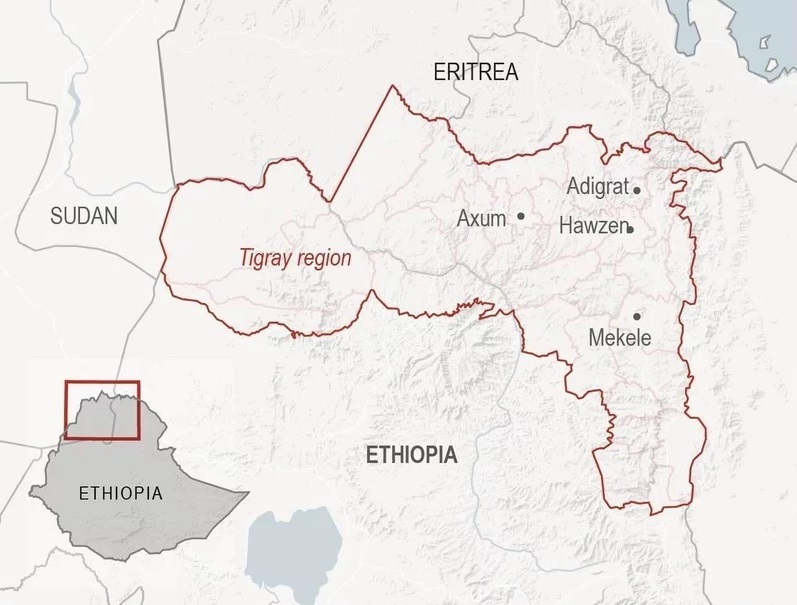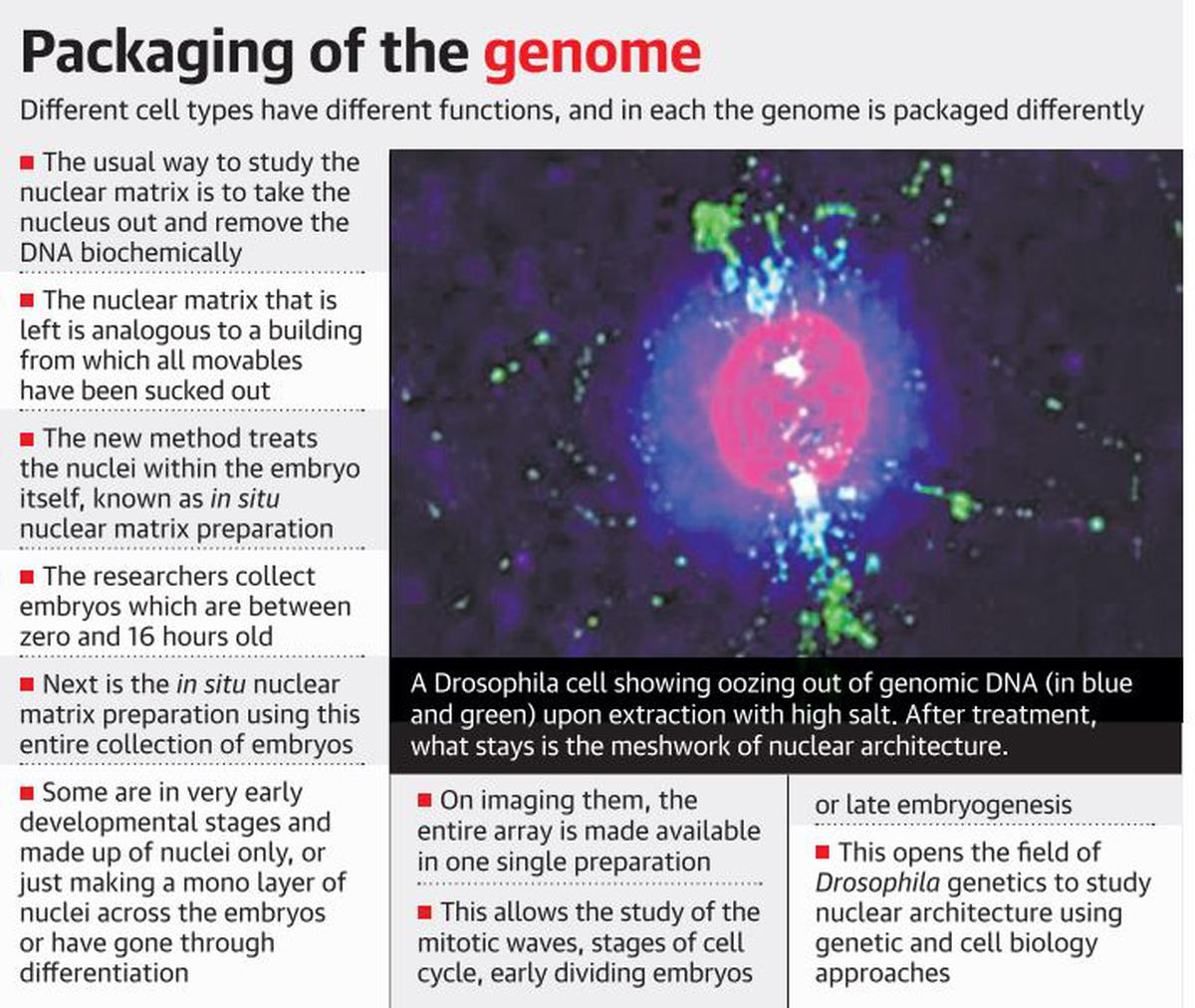The novel Fijivirus has caused a disease that had dwarfed some non-basmati and basmati plants in Haryana and Punjab.
Reference
Justice Uday Umesh Lalit has been appointed as the 49th Chief Justice of India. He will only be the second CJI to have been appointed directly from the Supreme Court Bar Association, without serving as a judge of a high court.
India’s highest judicial post is the Chief Justice of India.
Reference
Within hours of taking over, the new Chief Justice of India, U U Lalit called a meeting of the ‘full court’ where the judges discussed how to deal with issues relating to listing and backlog of cases.
Reference
The Director-General of the World Health Organisation has said that racism is the reason behind a lack of international interest in Ethiopia’s war-stricken northern Tigray region, where the civilians are living in dire conditions.

Reference
Using a novel method, a group of researchers has established a way to study the nuclear matrix of the fruit fly (Drosophila melanogaster) without removing the nucleus from the embryo.

Reference